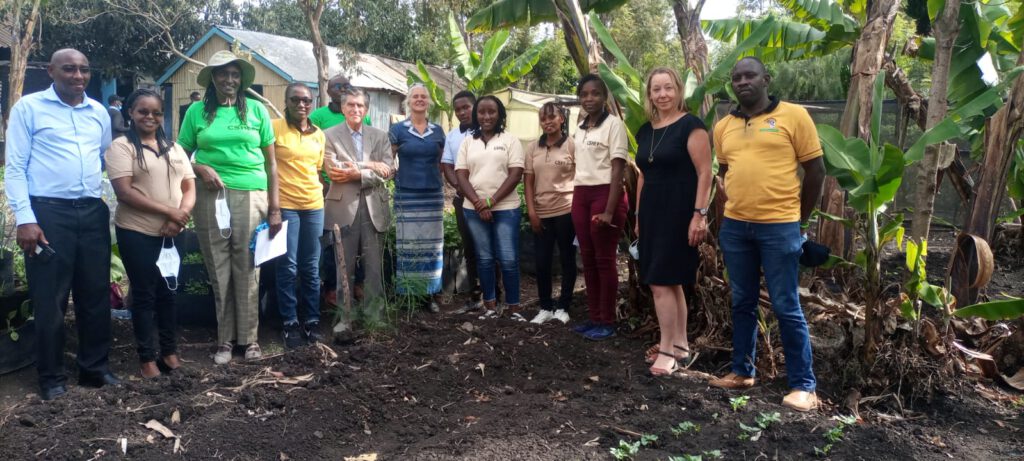Kenya, October 2021
After the long pandemic-related break, I was extremely happy to visit one of our BanSenSuk projects in Kenya. Together with representatives from Stichting Ailine we could observe the activities supported through our joint small-project-fund live on-the-spot.
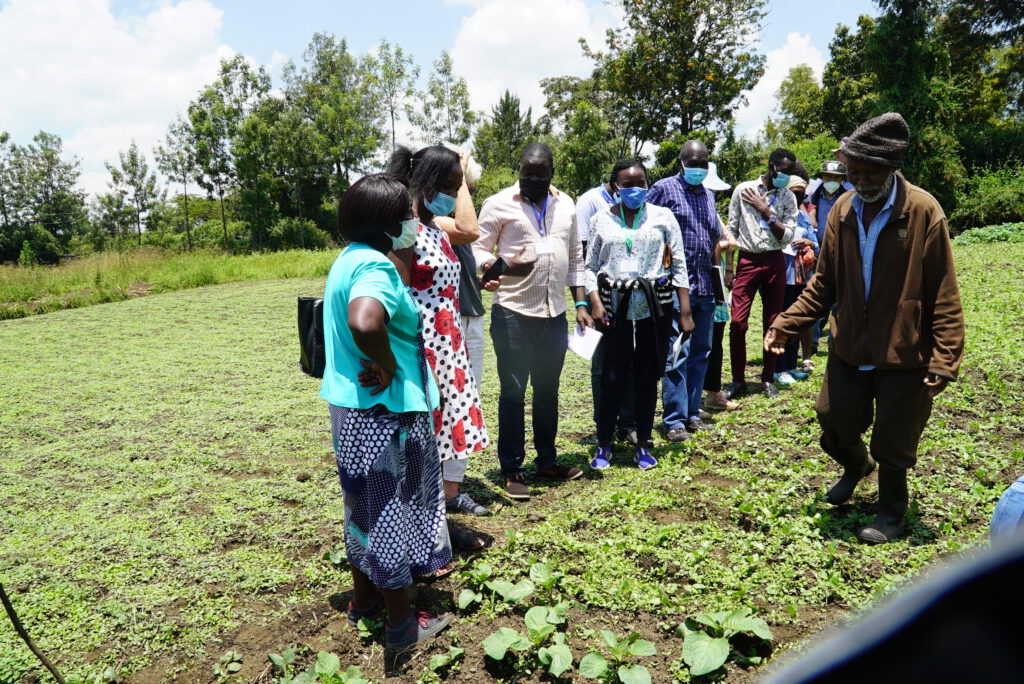
Training, raising awareness and promoting organic agriculture (agroecological cultivation methods) are the main goals of the “Community Sustainable Agriculture and Healthy Environment Program” – CSHEP. The organization – with various demonstration gardens on the outskirts of the Kenyan capital Nairobi – not only contributes to the expansion of knowledge and better access to information for smallholders, but also makes an important contribution to healthy food security, improved market connections and income generation.
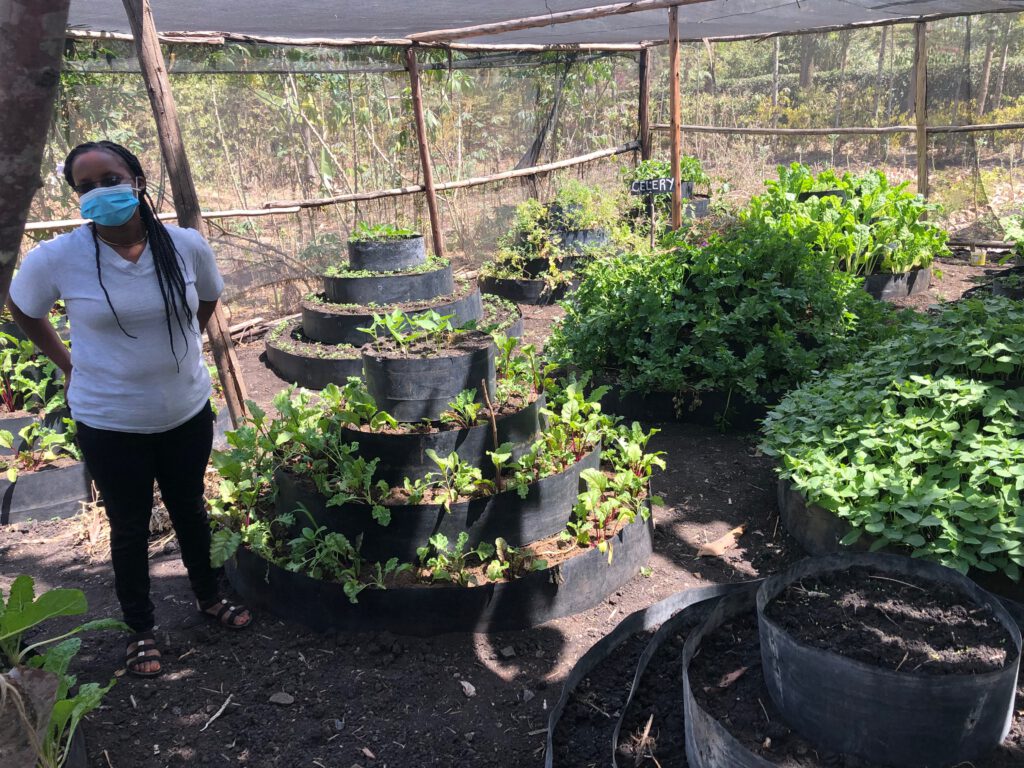
The dedicated team, led by Esther Wangari Kiruthi, contributed to the development of a training manual for consultants and users. The guide “Production and Marketing of African Indigenous Leafy Vegetables (AIVs)” was developed under the leadership of the Center for Rural Development (SLE) of the Humboldt-Universität zu Berlin with experienced Kenyan and international scientists and collaborators, but also producing farmers. The manual goes far beyond the elaboration of multidisciplinary scientific knowledge about AIVs. It turns that knowledge into a practical guide to growing and marketing AIVs, tailored to those who need it most: the advisors and practitioners.
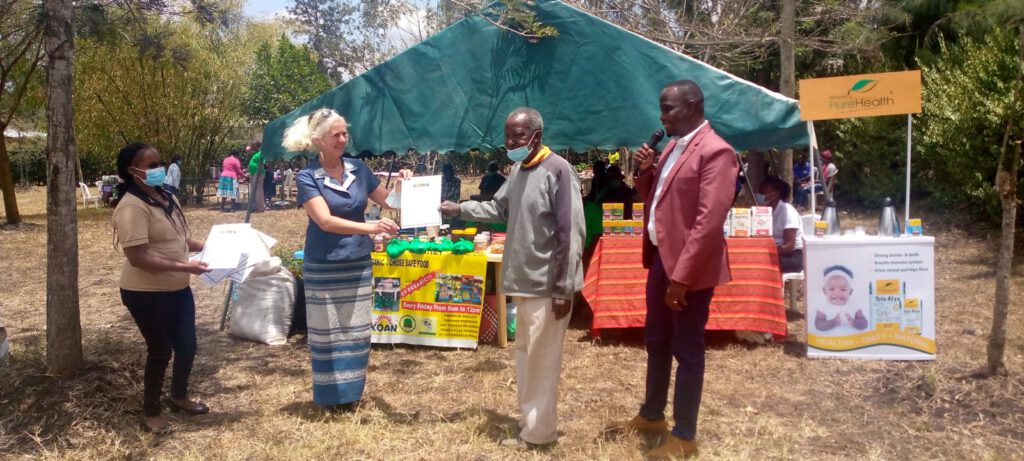
BanSenSuk e.V. in cooperation with Stichting Ailine has strongly advocate for the promotion and dissemination of this valuable manual. Various events and book presentations organized by CSHEP for trainers & multipliers, farmers, students and network partners – such as universities, NGOs, credit institutions and other interested organizations – were supported and financed.
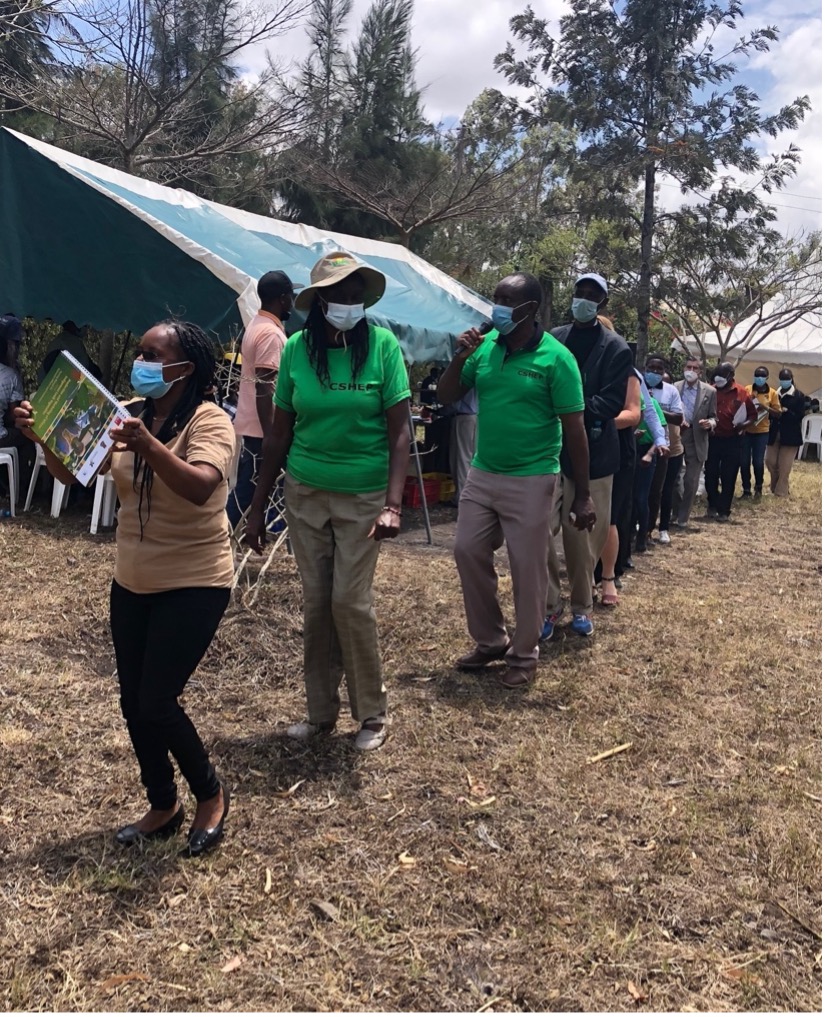
The well-moderated and innovatively organized events, including the setting up of a farmers‘ market and vivid demonstrations in the production and teaching gardens, were a great success.
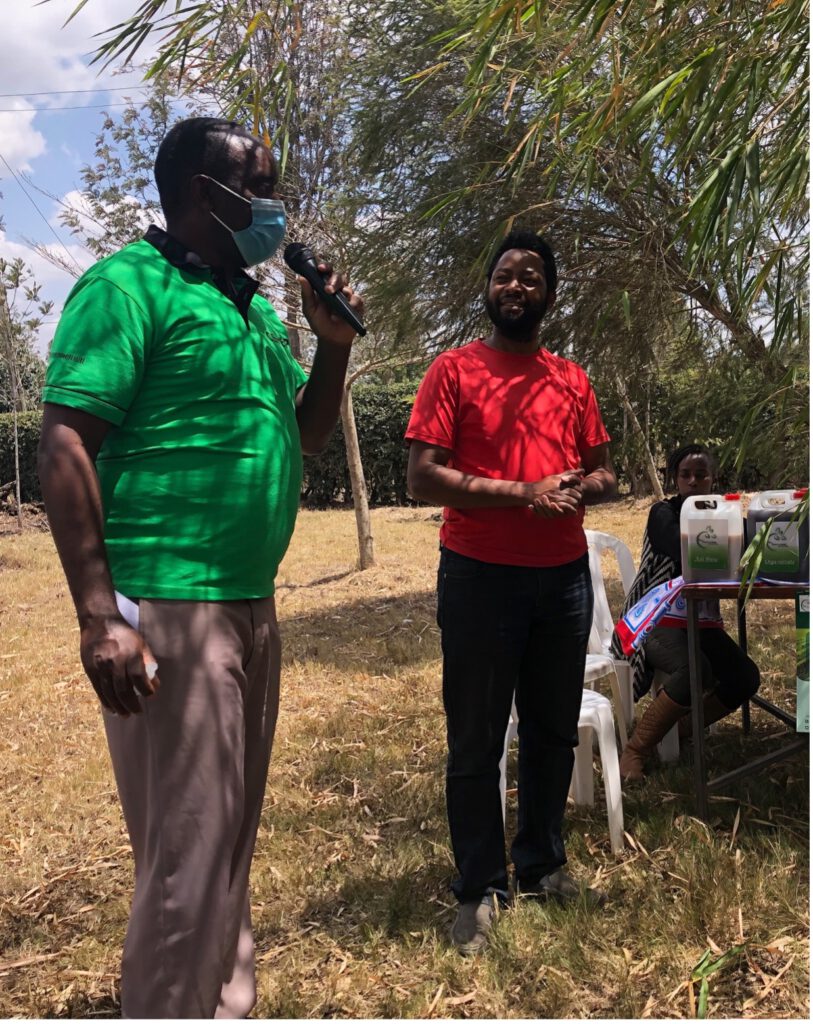
Looking forward to numerous uses of the manual and continuing to support its distribution across the country.
